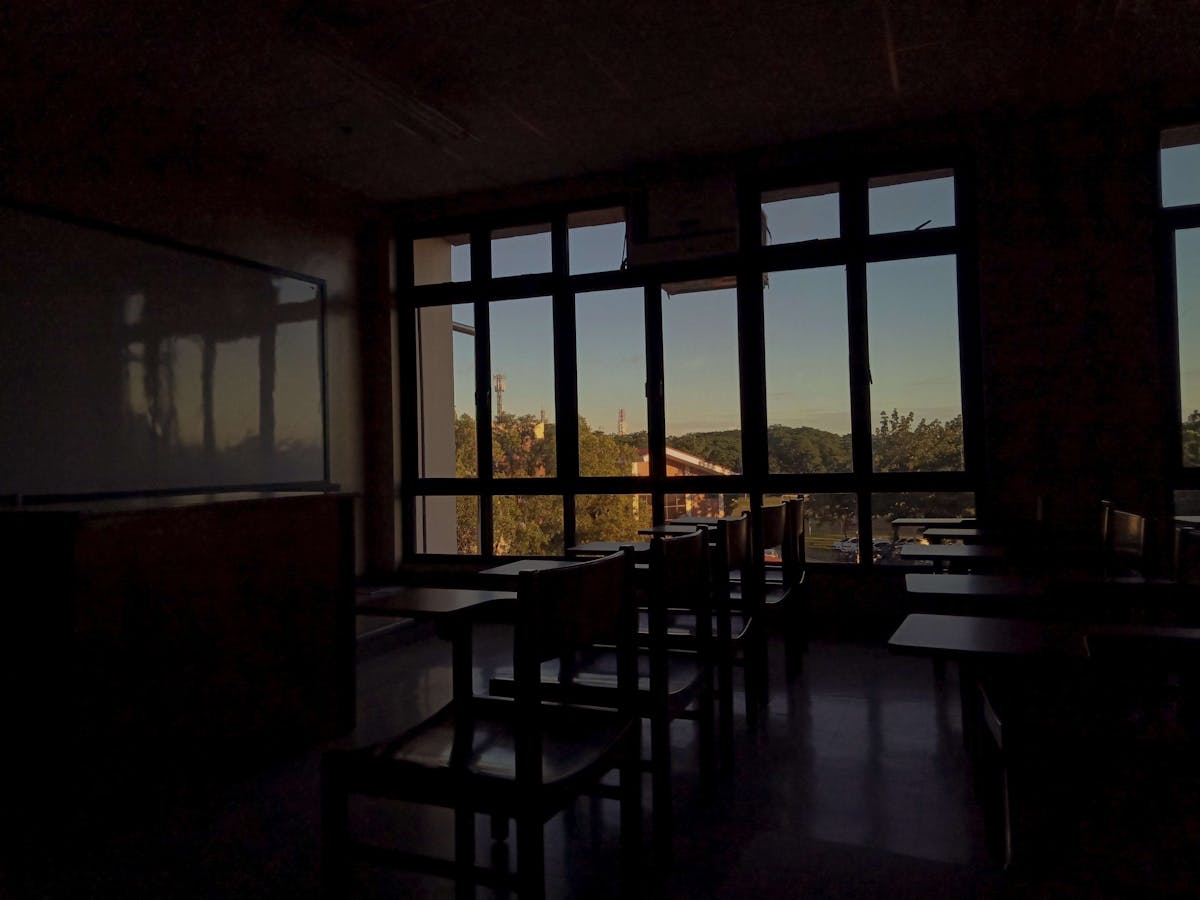
Our Way Forward
Flattening the TV Curve: A Media Researcher’s Insights on the ABS-CBN Shutdown
1953 — The Filipino love affair with television began when Alto Broadcasting System (now known as ABS-CBN) breathed image and sound to dozens of black boxes across the city, to the delight of citizens.

The Filipino love affair with television began when Alto Broadcasting System (now known as ABS-CBN) breathed image and sound to dozens of black boxes across the city, to the delight of citizens.
I was 4 years old when Martial Law was declared via a television address of then President Ferdinand Marcos, allegedly to save the country from the communists and would-be politicians who wanted to grab power. After the announcement, major TV networks including ABS-CBN went dark. There was nothing to see or hear for days.
I was 11 years old when, one afternoon after coming home from school, my favorite cartoon program Voltes V was no longer available on TV. My parents told me after watching the news that President Marcos ordered the program off the air because he felt it was “too violent” for the children like me to watch. This ignited an interest in me of the medium, and in mass media in general, like Film, Radio and Print.
As I entered the homestretch of my second semester as a Communications Major, my classmates and I were suddenly in the middle of the EDSA People Power revolution. I remember the excitement of watching the highlights of the revolution on “FREE” TV as anti-Marcos troops took over the ABS-CBN complex to usher in a new age in TV history. I remember the pilot episode of TV Patrol with an unknown cast headed by Noli De Castro presenting both positive and negative news about the government—unheard of prior to the oust of the Marcoses.
I was 24 years old and a neophyte member of a multinational company that introduced the concept of “Audience Measurement”, or the study of how people consume a medium. In this case, the medium was TV and the metric were ratings. So began my 28-year love affair with the Filipinos’ love of Television.
I have seen how the reach and following of TV grew from Manila, to key cities, to rural areas. From antennas fixed to bamboo poles to cable, satellite, and now online streaming services like Netflix. I have witnessed the progression from TV sets inside cabinets filled with bulbs to flat screen devices that can access the internet.
TV continues to be the number one medium among Filipinos with at least 8 out of 10 homes having a television device. Households spend an average of 4 hours a day watching TV programs, particularly during noon time and specially during evening primetime. Lately, TV fans have created a major celebrity in Coco Martin as he reprised the role of the late Fernando Poe Jr. in the TV series Ang Probinsyano. The series is now on it’s 7th season spanning 4 years.
The industry has been generating upwards of Php 500 Billion per year in advertising revenue as companies fight for airtime on programs such as Eat Bulaga, It’s Showtime, TV Patrol, 24 Oras, Descendants of the Sun and Ang Probinsyano to show products like shampoo, milk, beverages, and fastfood—to name a few.
The year 2020 was poised to be another banner year for the TV industry as new programs like Kadenang Ginto and Ika-6 na Utos increased TV viewing during the not-so-popular late afternoon daypart.
On March 16, 2020, effects of the virus were felt by the television industry. Live audiences were prohibited from guesting in noontime programs. Production of new episodes for telenovelas and teleseryes were also called off to prevent local transmission. The news had to be delivered from the safety of the news readers’ homes. It was an unprecedented time in the 67 year history of television in the Philippines.
With most Filipinos quarantined at home, TV viewing increased as people who were usually at school or at work were now spending most of their time at home. About 3 million new viewers and an increase of more than 60 minutes was recorded by Kantar’s TV Audience Measurement service.
Unfortunately, with the moratorium on live programs and production work, TV networks were forced to air replays and re-runs of previously shown programs and teleseryes. Only the news was broadcast fresh every day. As companies focused on helping their employees and providing support to the government, advertising investments dropped by as much 40% as the ECQ started.
The ECQ was extended multiple times, and a point was reached where the franchise of ABS-CBN expired. Unfortunately, without a new franchise from Congress the network had to sign off after receiving a cease and desist order from the National Telecommunication Commission of the government.
As I watched the anchors of TV Patrol and the CEO of ABS-CBN say goodbye, as I sang the national anthem and watched my TV screen turn black and silent, the events of 1972 haunted me. My anger from decades ago resurfaced.
The government succeeded in flattening the curve, not of the virus, but of the TV viewing curve of Filipinos.
The media researcher in me can’t help but think of the future and how the pandemic and the shutdown of ABS-CBN’s analog broadcast will shape the TV industry.
Will ABS take the full digital leap—think Netflix and YouTube—and make analog franchises obsolete?
ABS started to digitally transform their organization as early as 2012 with the launch of their Digital Terrestrial TV service or more popularly known as TV Plus or mahiwagang black box. To date, they claim to have sold 8 million boxes across the country, which translates to a reach of 40 Million Filipinos.
ABS also has a very popular YouTube channel with 15.8 Million subscribers. They launched several apps over the last few years, foremost among them, iWant TV, which has been downloaded 13 million times.
This strategy could work and free them from the pressure of being at the mercy of the government. It’s possible for highly urbanized cities where the internet infrastructure is fast and stable.
How about rural areas or urban areas where the internet speeds are still unreliable?
The digital leap strategy is possible for the rich and middle-class families who can afford to pay for post-paid mobile data subscriptions or fiber-optic internet plans in their homes. However, for most low income households, the cost of regular data subscriptions would mean skipping meals and going hungry.
While ABS-CBN is off the air, did GMA 7 become the dominant free to air channel? Yes and No.
Yes, because it snatched about 20% of the viewers who used to watch ABS-CBN literally overnight. From a 40% share of viewers prior to the shutdown, GMA currently averages around 60% share of viewing per day.
No, because a lot of loyal ABS viewers have turned off their TV sets, which has literally almost flattened the curve of TV viewing across the country.
What will TV advertising look like?
The TV advertising industry will likewise have to adapt to the recent changes in audience behaviour and channel landscape by looking at possible alternative digital platforms which seem to be the likely substitute for TV as an advertising medium.
However, there are also challenges in this area because it is dominated by Facebook and Google. Studies show that when people are online, they don’t like being exposed to advertising messages. This has created a demand for Ad Blockers.
Unanswered questions:
Can digital platforms reach the size of the audience that TV can muster on a consistent day-to-day basis?
Then there is the question of the future of TV production. Will we see extensive use of PPEs among the people involved in producing TV programs? How will social distancing impact rules impact on the interaction of people on camera? Will they have to wear masks?
Will we see more virtual executions of programs like game shows, talk shows, and news programs where the hosts are literally kilometres apart in their respective homes or in different studios to maintain health and safety standards?
The future seems unclear at this stage for the TV industry and its stakeholders, but it looks like the government is succeeding in flattening the TV curve faster than the infection rate of COVID 19.
















